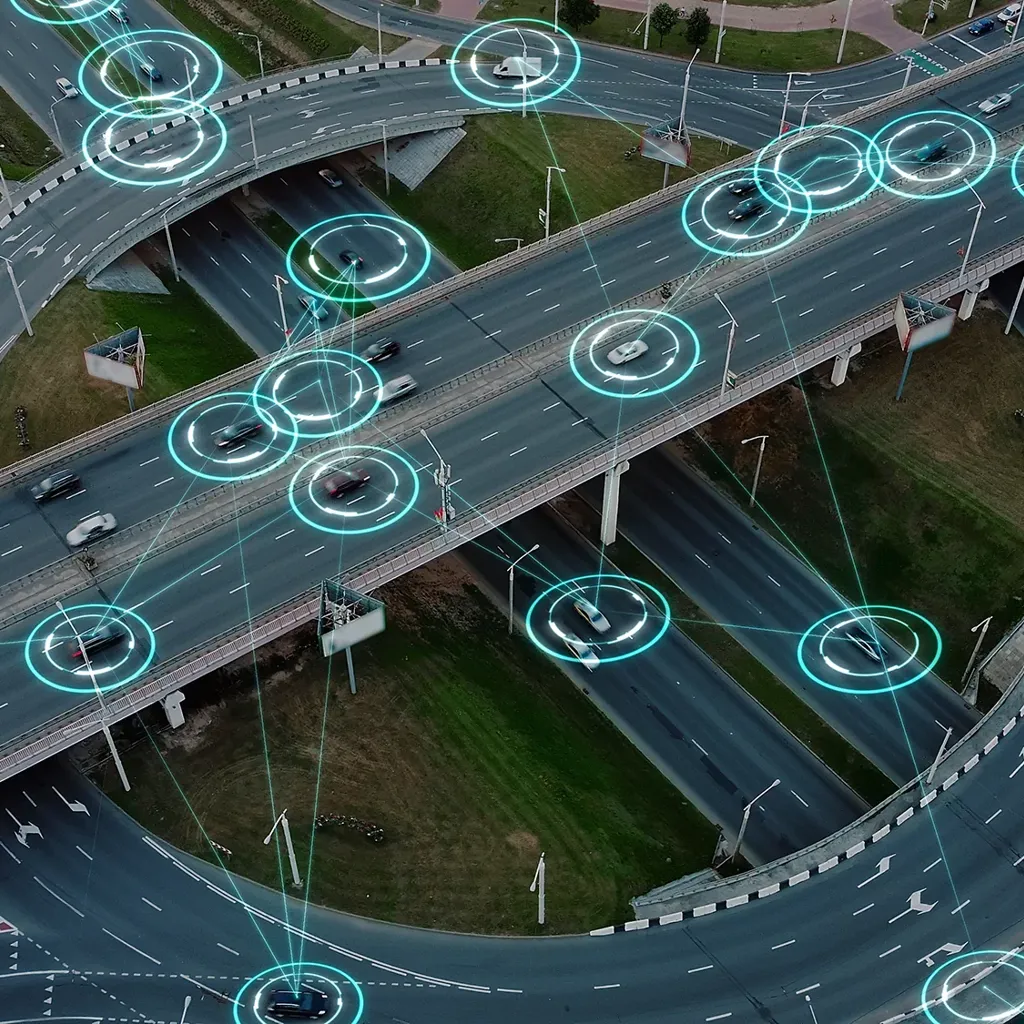Four strategies to support Southeast Asia’s electric vehicle transition
To aid the shift to EVs and address the challenges mentioned, we have developed four key concepts that Southeast Asian cities can adopt, developed from our experience and research.
1. Bring stakeholders together to achieve systems thinking
Success stories in electric vehicle adoption often stem from cities working together through partnerships and action plans, which is crucial for Southeast Asia. Implementing EV strategies involves various agencies, including transport, energy, power, land use, and the private sector collaborating to avoid narrow thinking and instead adopting a holistic ‘systems thinking’ approach.
For example, the United Kingdom established the Office for Zero Emission Vehicles (OZEV) to oversee EV initiatives. OZEV coordinates with agencies focusing on transport, energy, and urban planning to provide comprehensive recommendations and progress. We recently facilitated a knowledge exchange between the UK and Indonesia on EV challenges and opportunities in a Southeast Asia context.
2. Prioritise market segments with the most impact
Cities in Southeast Asia have various transportation needs and choices when it comes to electric vehicles. Deciding which market segments to focus on first should match the specific requirements of each mode of transport in different locations. In some countries, this might mean prioritising segments where EVs already cost the same as traditional petrol vehicles, like two-wheelers, suggesting they can transition without needing hefty subsidies.
Switching to electric vehicles in the public transport sector presents an opportunity for cities to set an example. It allows them to offer more sustainable and appealing alternatives to private vehicles. This shift can enhance the overall user experience, support broader goals of reducing carbon emissions, and encourage people to use different modes of transport.
3. Support the delivery of EVs with evidence-based decisions
For fleet owners, operators, and governments in Southeast Asia, transitioning to electric vehicles can seem complicated and expensive. It involves integrating new EV purchases with significant upgrades to energy infrastructure and adapting operations to new technology. One effective solution is to use evidence-based tools to justify investment in EVs.
We developed the Charge4Fleets tool to help accelerate the transition to EV fleets and meet ambitious targets for reducing transportation-related CO2 emissions. This tool streamlines converting fleets to electric, boosts decision-makers' confidence, and reduces concerns about electrification. It automates data collection and provides detailed analysis to identify the most cost-effective and operationally feasible fleet and charging scenarios.
4. Explore all aspects of the transition, including repurposing existing assets
Achieving a future with zero-emission vehicles needs fresh ideas and new infrastructure. Cities need to think about how switching to electric vehicles might change existing transportation resources and consider ways to repurpose them. For example, there's uncertainty about what gas stations could become in Southeast Asia as electric vehicles become more common. This uncertainty means we're missing out on potential opportunities.
In response to this uncertainty, we partnered with the National University of Singapore (NUS) to study the potential and opportunities of repurposing gas stations. The research looked at examples from Singapore, Indonesia, and Malaysia. It highlighted the different challenges and opportunities each location faces.
After detailed profiling of existing petrol stations, the research proposed design options and typologies to help cities analyse, evaluate and repurpose their existing assets. These suggestions can help cities determine how to reassess and repurpose their current assets. Importantly, the design options for petrol station typologies offer various approaches depending on whether petrol stations in the future will still serve transportation needs or take on new roles in an electric vehicle world.














